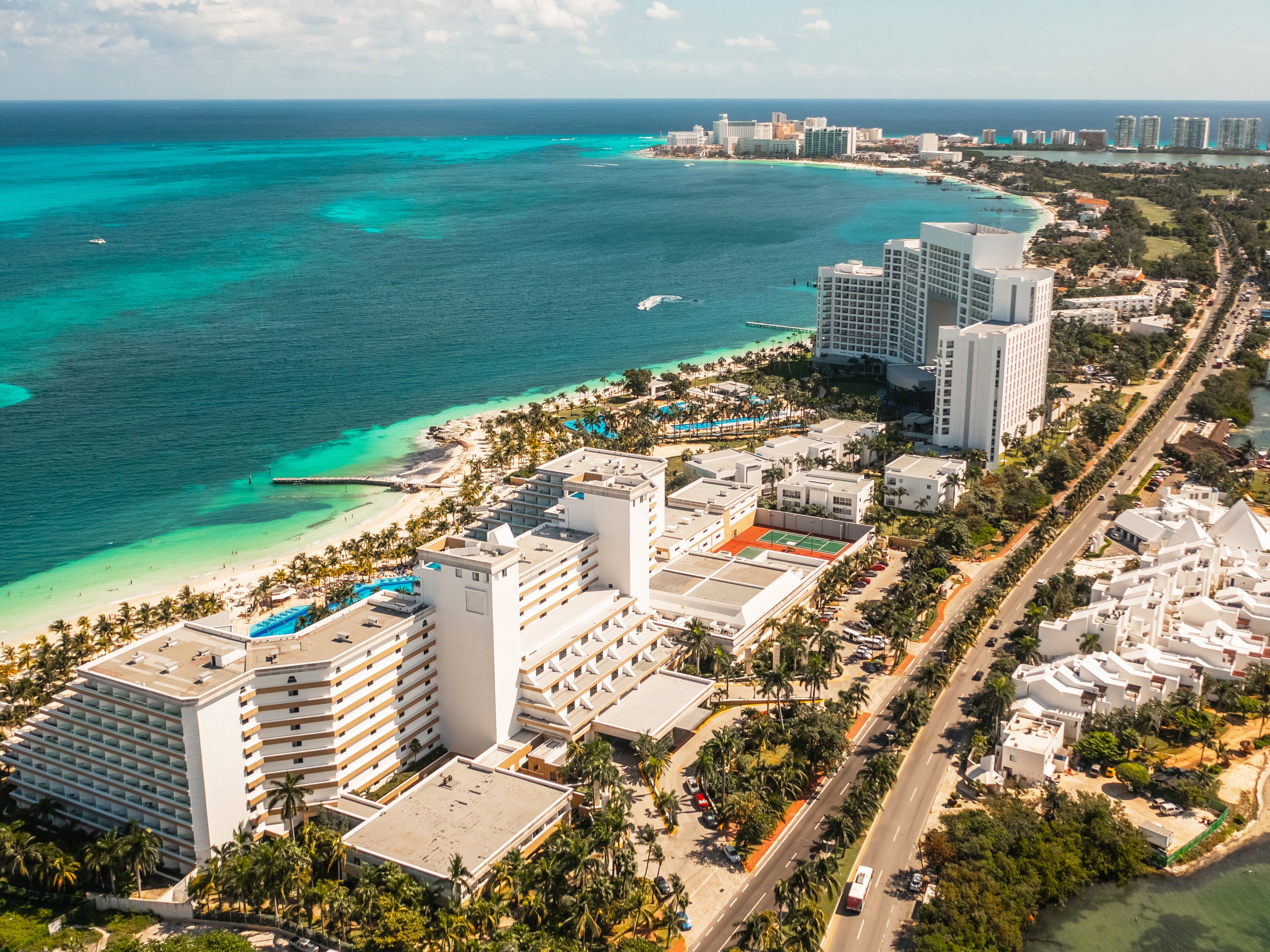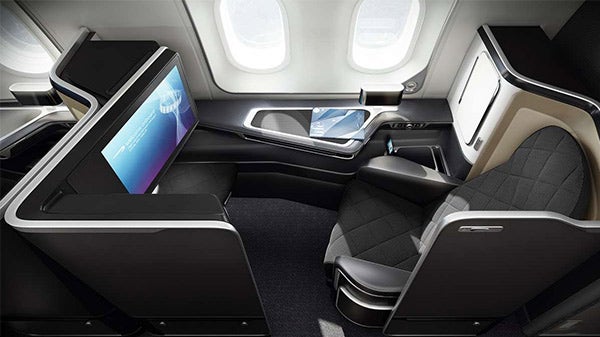Should I take dollars or pesos on my Mexico trip?
Simon Calder answers your questions on travel money, cruise excursions, and BA Gold status


Q I am going on an escorted tour to Mexico next month. We begin in Mexico City, and fly out from Cancun two weeks later. I am not sure how to organise holiday money. I have had conflicting advice on whether to take Mexican pesos or US dollars... Also, are credit cards widely accepted in restaurants?
Christine McC
A Congratulations on a splendid choice of destination at an ideal time of year. The Mexican capital is one of my favourite cities, with an atmospheric heart and a wide range of cultural attractions dotted around an intense and energetic city. I imagine the tour also takes in one or more of the great Mayan archaeological sites on the Yucatan peninsula before a Caribbean finale beside the beach in Cancun.
Here’s how I organise my travel money for Mexico. I would not buy pesos in the UK; they are regarded as exotic, which means you get a fairly poor rate. Instead, I take clean US dollar bills – single $1 notes, which are useful for tips – and a mix of higher denominations ($10s, $20s and $50s) for changing money at casas de cambio.
You can shop around for the best rate on your first full day in Mexico; being on an escorted tour, you should not need any local currency for the trip between the airport and your hotel.
Because you have already paid for a fair amount of services on your trip, you should need no more than about $300 (just over $20 per day) for incidentals, and it could be less than that. So change money as you go along. Once in Cancun, you can get a reasonable rate for clean sterling notes, because so many Brits go there.
I have not been to Mexico recently enough to pronounce on the acceptance of credit cards; but generally, the more upmarket and expensive the restaurant, the more likely they are to accept cards.

Q I recently retired from a job that involved lots of flying. British Airways now says that if I fly the equivalent of London-Australia in first class three times, I will qualify for “Gold for life” status on BA. Is it worth doing?
Nick V
A To answer your question, I began by seeing how much a first-class return on British Airways from London to Sydney would cost. If you book a reasonable distance in advance, it’s £8,100 return. So let us assume that it will cost you around £25,000 to achieve the status of Gold on BA. I shall further assume that you could spare that kind of cash without having to borrow.
None of us knows what the future holds, but let us hope you will have at least 10 years of long-distance flying on British Airways. Were this to be the case, you can reckon on a (non-inflation-adjusted) cost of £2,500 per year. Are the potential rewards for elite status for the rest of your life worth such expenditure?
I rate lounge access as the most valuable benefit. You would win automatic access to the hallowed ground of a First departure lounge for you and one guest, assuming you are travelling on BA. First lounges are much more exclusive than the “ordinary” variety, with fewer people and better food and drink. You (but not a companion) also qualify for arrival lounges, where they exist – notably at London Heathrow.
There are tangible savings to be made on baggage. You get an additional free checked bag for everyone on your booking (except on hand-baggage-only fares), and the weight allowance is bumped up from 23kg to 32kg.
You will earn Avios reward points far quicker than us lesser mortals, with nine Avios for each £1 spent on British Airways flights (or those on American Airlines or Iberia – BA’s partners). Thanks to “Gold Priority Reward” you can use those precious points to procure any seat on any flight, so long as you book at least a month ahead.
Are these benefits worth an investment of £2,500? Ultimately it comes down to your expectancy of both life and travel. Personally, I would be very interested at 50 – but not at 70.

Q We have booked a Greek/Croatia cruise later this year, is it better to book excursions before departure or do it onboard?
Wilma PA
A Neither of the above, in my opinion. Ship cruise excursions are generally poor value, whether you book in advance or onboard. Local companies are usually contracted to run the excursions, with the cruise line taking a large cut – perhaps 50 per cent of the cost. That’s a lot of your hard-earned money. In addition, I don’t like cruise excursions in port cities because they tend to be unwieldy, with lots of standing around.
It is often much more rewarding to plan your own itinerary, ideally with the help of a guidebook. To illustrate this, I have chosen a sample voyage covering Greece and Croatia, as well as other Adriatic nations, on Norwegian Cruise Line in July. Yours may differ but the basic principle is the same.
The first five stops in the Adriatic are Trieste, Italy; Koper, Slovenia; Split, Croatia; Kotor, Montenegro; and Dubrovnik, Croatia. Each of these beautiful cities is best appreciated on foot on your own. You might even search online for a walking guide to hire; the cost for two people could be less than the price of an excursion, and if you can share with a few others on the voyage it will be cheaper still.
The Greek calls are a little different: Corfu may require a taxi or bus to the city centre. Katakolon is the port for Olympia, which is the one excursion I might consider (public transport to the venue of the ancient games is tricky, and taxis would be prohibitive). For Santorini and Mykonos, you are much better on your own, enjoying the views and ambience in both locations.
This cruise ends in Piraeus, the port for Athens. Whatever you may have been told, there is no need to take a taxi into the centre of the Greek capital. The Metro is just fine.
Email your question to s@hols.tv or tweet @SimonCalder
Join our commenting forum
Join thought-provoking conversations, follow other Independent readers and see their replies
Comments

Bookmark popover
Removed from bookmarks